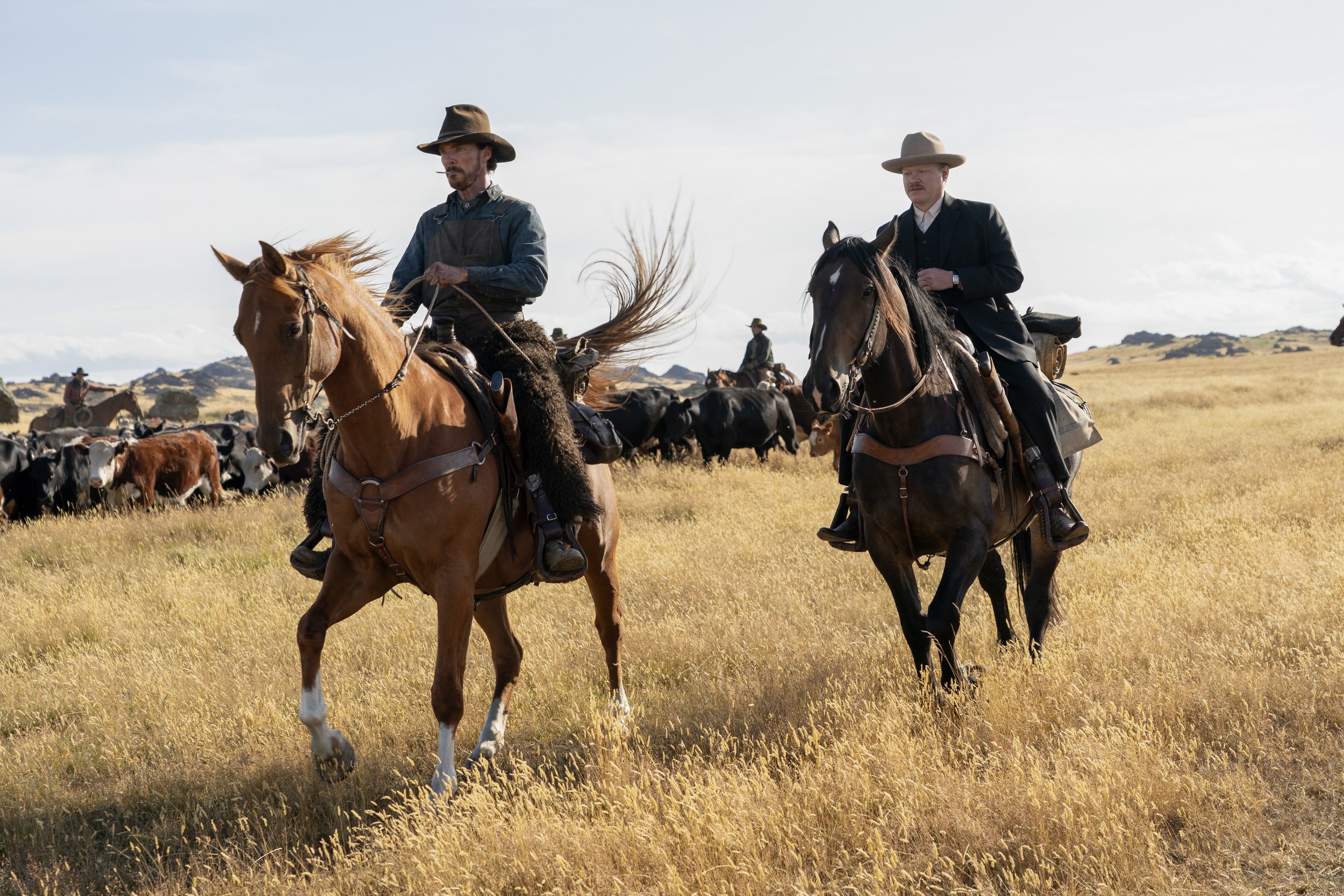Review: 'Being the Ricardos' examines a marriage, and a comedy partnership, under the microscope of Aaron Sorkin's sharp dialogue
With “Being the Ricardos,” writer-director Aaron Sorkin returns to his mothership — television — as he explores the medium’s first multi-hyphenate married couple, Lucille Ball and Desi Arnaz, and finds a wealth of high-stakes drama, passionate romance and marital tension.
Sorkin concentrates the story of Lucy and Desi to a single, eventful week in the mid-1950s. It starts on Sunday night, with Lucy (Nicole Kidman) and Desi (Javier Bardem) on the alert for two potentially damaging news articles.
One, in the gossip mags, suggests Desi going out with another woman — a story Lucy quickly debunks, though her suspicions over Desi’s late nights playing poker with the guys don’t rest so quietly. The other is a blind item on Walter Winchell’s popular radio show, suggesting that Lucy is being investigated by the House Un-American Activities Committee, accused of being a Communist.
Arriving Monday morning to their Desilu Studios soundstage, Lucy and Desi confront the nervous CBS suits, assuring them that both stories will blow over. They also spring another bit of news that will make the suits quake: Lucy is pregnant, and Lucy and Desi want Lucy’s TV self to also be expecting — something a network TV show has never done before.
As Lucy and Desi arrive for the table read of this week’s episode of “I Love Lucy,” they receive the support of their co-stars — the tart-tongued Vivian Vance (Nina Arianda) and the gruff, hard-drinking William Frawley (J.K. Simmons — along with their executive producer, Jess Oppenheimer (Tony Hale), and staff writers Madelyn Pugh (Alia Shawkat) and Bob Carroll (Jake Lacey).
(Sorkin’s biggest misstep in the film is having older versions of Oppenheimer, Pugh and Carroll — played by John Rubenstein, Linda Lavin and Ronny Cox — sit for documentary-style “interviews.” It’s a narrative crutch the movie doesn’t need, though Lavin’s Pugh delivers the best line to describe Lucy and Desi’s relationship: “They were either tearing each other’s heads off, or tearing each other’s clothes off.”)
During the next four days, Sorkin takes us deep into the mechanics of getting “I Love Lucy” off the ground, from first script reading through blocking and rehearsal in front of the cameras. At each step, Sorkin also shows us how Arnaz was the businessman and innovator (he devised the three-camera shooting set-up that sitcoms use to this day), and how Lucy was the sharp-witted comedienne, her mind always taking apart the gags to make sure they worked.
Other issues crop up during this production week. Lucy notices that Vivian, a former dancer, has lost weight — a minor rebellion against the show’s running gag that her character, Ethel Mertz, is called unattractive by her lump of a husband, Frawley’s character Fred. Meanwhile, Madelyn fights to speak up for herself, and for Lucy’s onscreen persona, amid the casual sexism of the writer’s room. Equally casual is the racism of the suits, and even condescension from Oppenheimer, aimed at the Cuban-born Desi.
Also throughout this week, Sorkin occasionally flashes back to key moments in Lucy and Desi’s life together — from their first meeting while filming a movie (the 1940 musical “Too Many Girls”) through the ups and downs of their respective careers as a movie actress and a band leader, and eventually jumping into this new thing called television.
Kidman and Bardem are magnetic as Lucy and Desi, in large part because they’re not trying — or trying too hard — to give note-perfect impersonations of the TV legends. Bardem captures Arnaz’ charisma, and his businessman’s knack for schmoozing and problem-solving. Kidman occasionally mimics a few of Ball’s classic moments of physical comedy (such as her famous grape-stomping gag), but her real talent here is showing Ball’s quicksilver mind at work as she looks tor the right way to make every joke funnier.
“Being the Ricardos” fits squarely in the Sorkin canon of walking-and-talking workplace dramas — think of “The West Wing” or his less successful TV-centric series “Sports Night” and “Studio 60 on the Sunset Strip” — where smart people are thrown together in a pressure-cooker situation and come out making magic. It’s also the atmosphere that Lucy and Desi kind of invented, and Sorkin is paying tribute to the legends who set the table for all TV creators to follow.
——
‘Being the Ricardos’
★★★1/2
Opens Friday, December 10, in theaters; available for streaming starting December 21 on Prime video. Rated R for language. Running time: 125 minutes.







